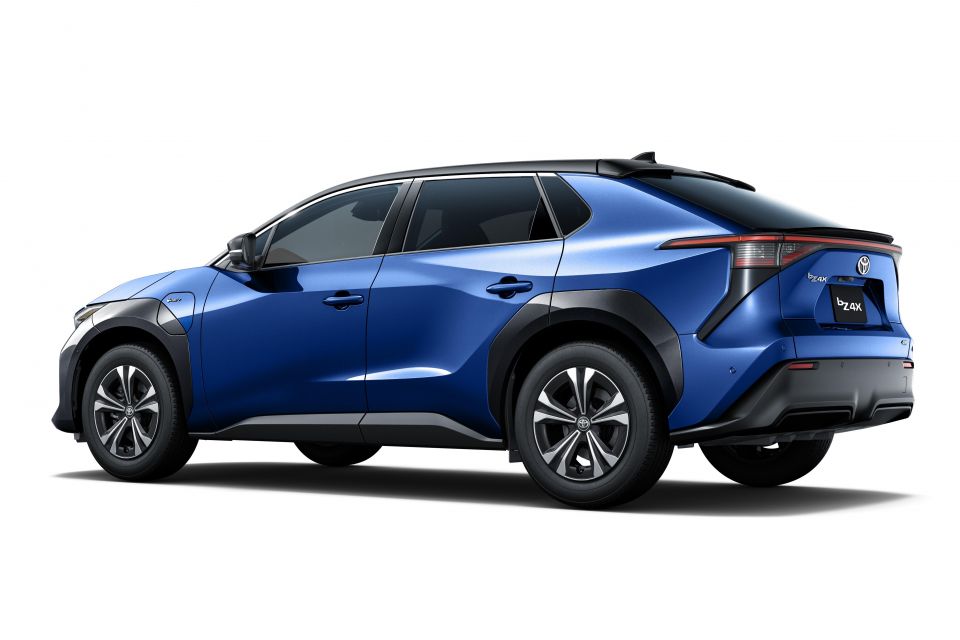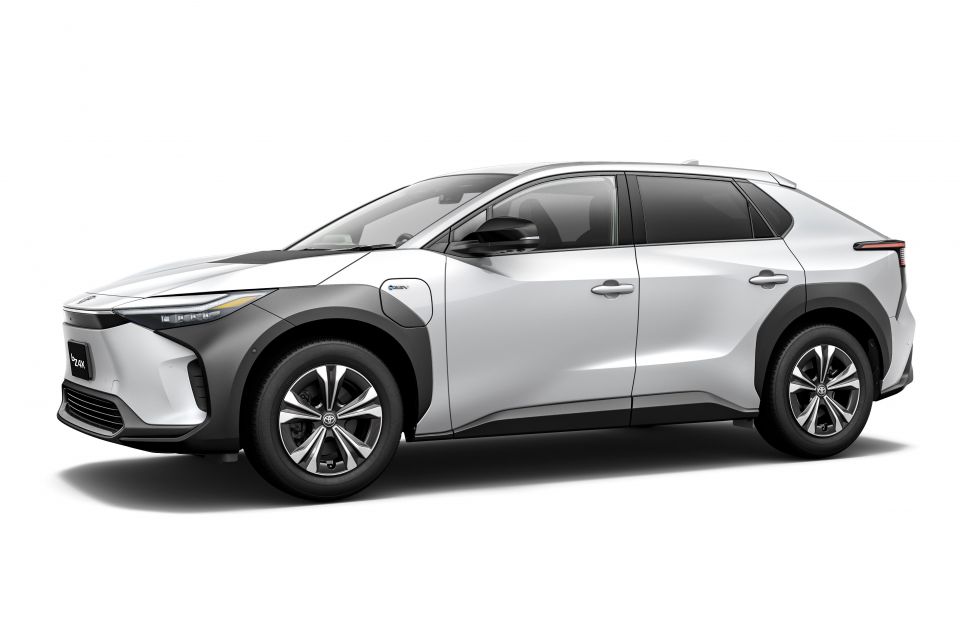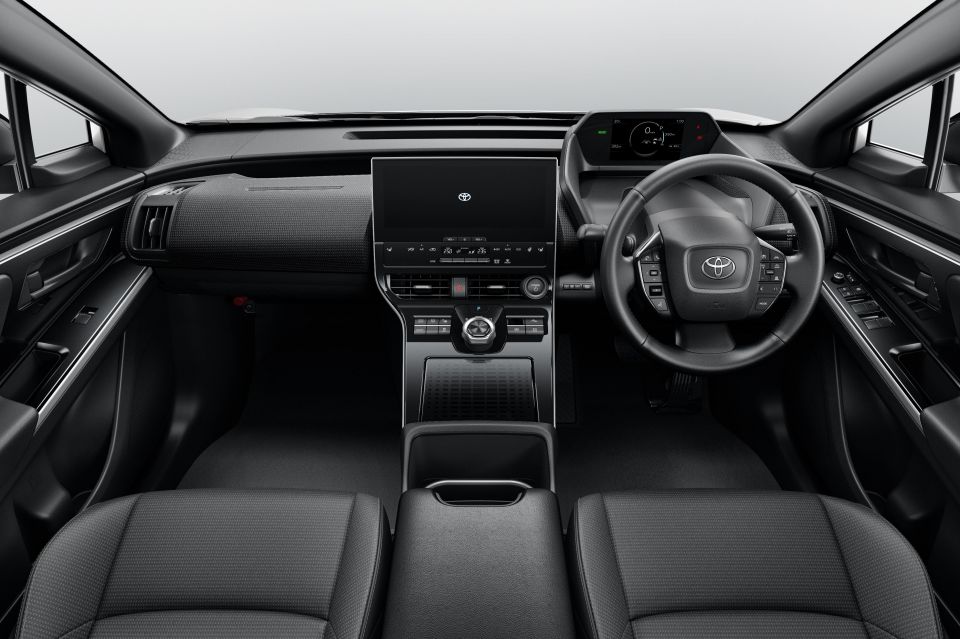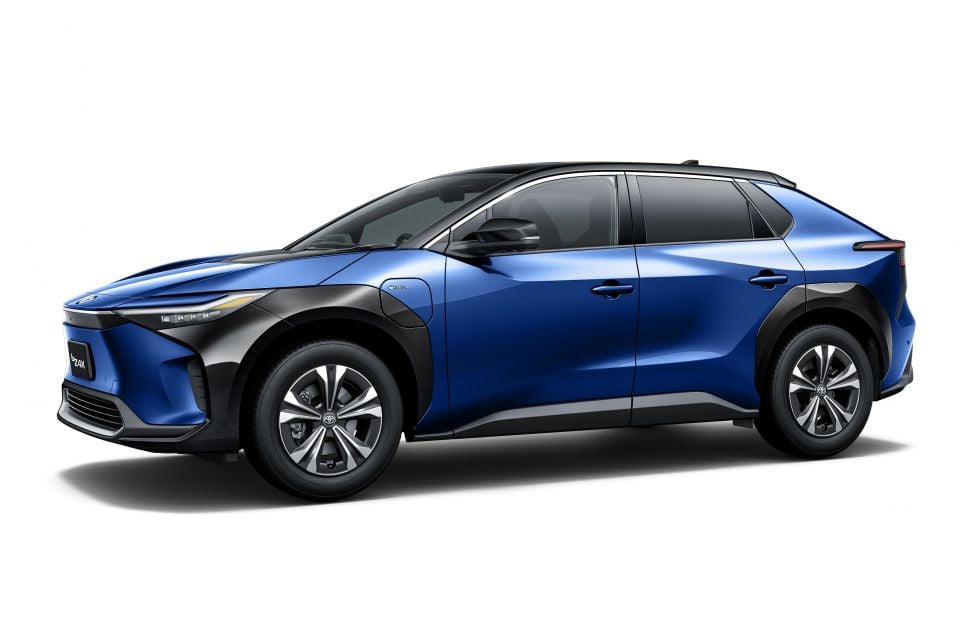

Andrew Maclean
Honda CR-V RS e:HEV vs Toyota RAV4 Edge Hybrid: Spec battle
5 Days Ago

News Editor
The Toyota bZ4X has received some minor running changes ahead of a local launch in February 2024.
The electric SUV hasn’t received a full mid-life update, as it only entered production last year, so visually it’s unchanged. Instead, changes are found under the skin.
The company says it has improved battery warm-up performance in cold conditions, which it claims can reduce the charging time by up to 30 per cent.
The vehicle’s charging status now appears in the instrument cluster, and shows the time remaining until the vehicle has 80 per cent charge.

It also shows the remaining range, depending on whether the air-conditioning is on or off.
Toyota also says the Auto (Eco) mode will activate automatically to reduce electricity consumption by reducing the strength of the air-conditioning system.
In cold weather, it will reduce the strength of the heater and instead directly warm passengers via the heated seats and steering wheel.
Toyota has also incorporated a humidity sensor to detect if the windscreen is fogging up and to more precisely control the timing of the outside air intake.

In Japan, the bZ4X now opens with a more affordable G trim level that’s just over A$5000 cheaper and does without some luxuries like an eight-way power passenger seat and heated rear seats.
Despite the improvements in efficiency, there has been no change to the bZ4X’s claimed range.
The bZ4X offers between 540km and 567km of range on the WLTC cycle, depending on the variant.
No powertrain changes have been detailed either.
The bZ4X is available overseas with a choice of 150kW single-motor front-wheel drive and 160kW dual-motor all-wheel drive powertrains, both teamed with a 71.4kWh lithium battery pack.

Measuring 4690mm long by 1860mm wide by 1650mm tall, the bZ4X is about Tesla Model Y-sized, or slightly longer and lower than a RAV4.
The FWD weighs 1920kg, with the AWD adding 85kg taking it to 2005kg. For context the dual-motor Model Y weighs 2003kg.
The bZ4X’s Australian launch has ended up being delayed by more than 12 months, though Toyota claimed in August that the most recent delay allowed it to launch with strong supply.
The company expects to deliver several thousand cars in 2024.

In a bid to combat fears about depreciation, Toyota will offer “flexible options” for prospective buyers.
That means along with cash or finance, it will be available with “full service lease options through Toyota Finance Australia” – essentially one monthly payment including registration, insurance, charging, and maintenance.
But Toyota has warned the car will be “expensive”, much like the Prius was back in 2001.
“Battery electric cars are expensive. Don’t kid yourself. They are expensive to build,” said Toyota Australia vice president of sales and marketing Sean Hanley earlier this year.
“So I’ve always said this car will not be a cheap car. But as we go forward, as hybrid did over 22 years at scale-up, EVs will come down in price.”
MORE: 2023 Toyota bZ4X review MORE: Everything Toyota bZ4X
Where expert car reviews meet expert car buying – CarExpert gives you trusted advice, personalised service and real savings on your next new car.
William Stopford is an automotive journalist based in Brisbane, Australia. William is a Business/Journalism graduate from the Queensland University of Technology who loves to travel, briefly lived in the US, and has a particular interest in the American car industry.


Andrew Maclean
5 Days Ago


Shane O'Donoghue
5 Days Ago


Anthony Crawford
4 Days Ago


Matt Campbell
3 Days Ago


James Wong
2 Days Ago


Max Davies
11 Hours Ago